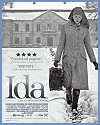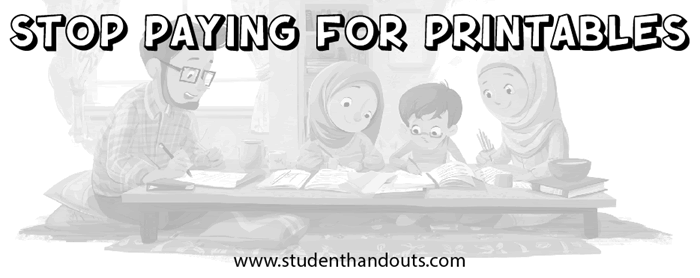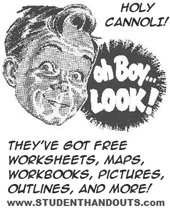Books and films are powerful educational tools that can help high school World History students better understand the global economic issues that followed World War II. This era saw the rebuilding of devastated nations, the emergence of the U.S. and Soviet Union as superpowers, the division between capitalist and communist economies, and the creation of international institutions like the IMF and World Bank. Books—both textbooks and historical narratives—offer detailed explanations, context, and analysis of these complex topics. They allow students to explore economic policies, global trade patterns, and the long-term effects of programs like the Marshall Plan.
Films and documentaries complement reading by making historical events more vivid and relatable. Documentaries can show real footage of postwar recovery, interviews with experts, and graphics that simplify economic data. Films may dramatize key events or stories, helping students connect emotionally with the people affected by economic change. Visual storytelling enhances understanding and supports students with different learning styles.
By combining the depth of books with the immediacy of films, students gain a fuller picture of how global economic systems evolved after the war. These resources encourage critical thinking, foster empathy, and make abstract economic concepts more accessible and engaging within the broader context of world history.
|











